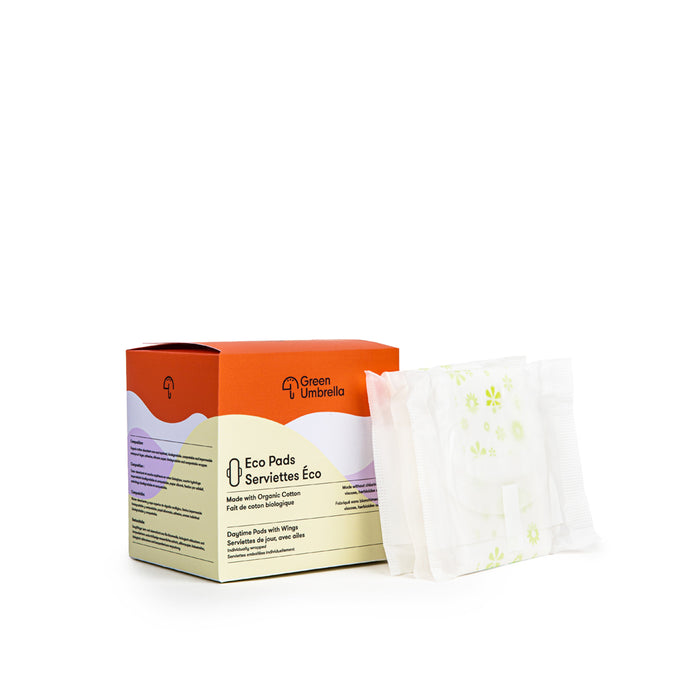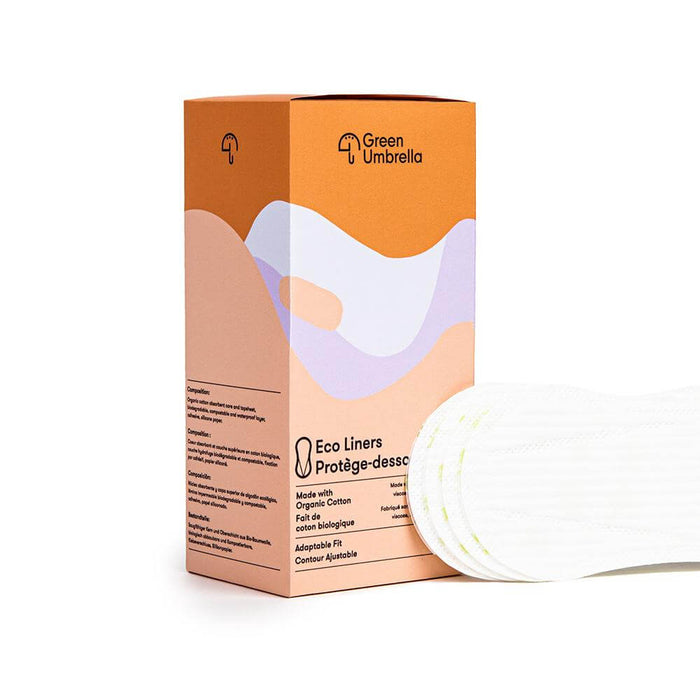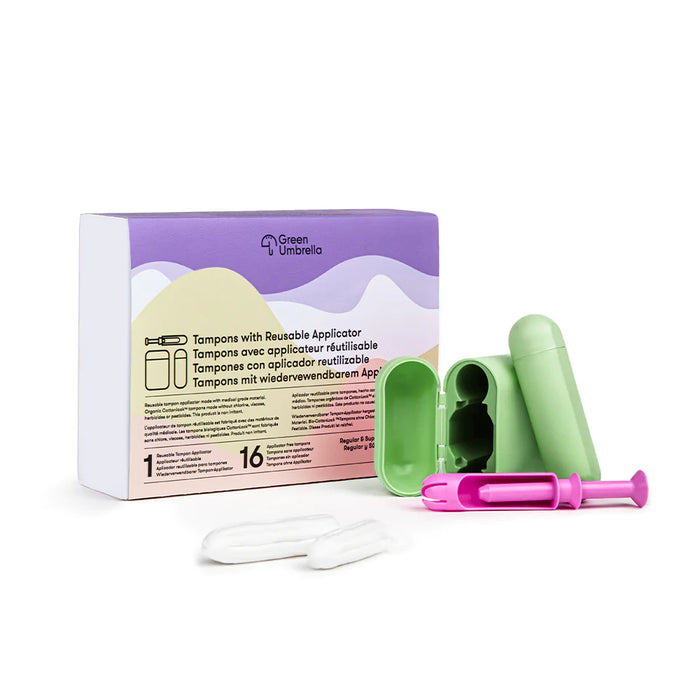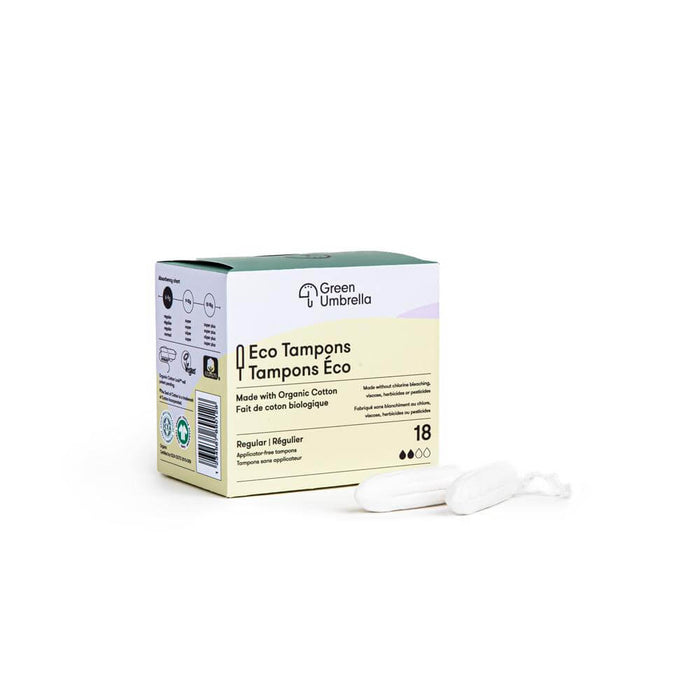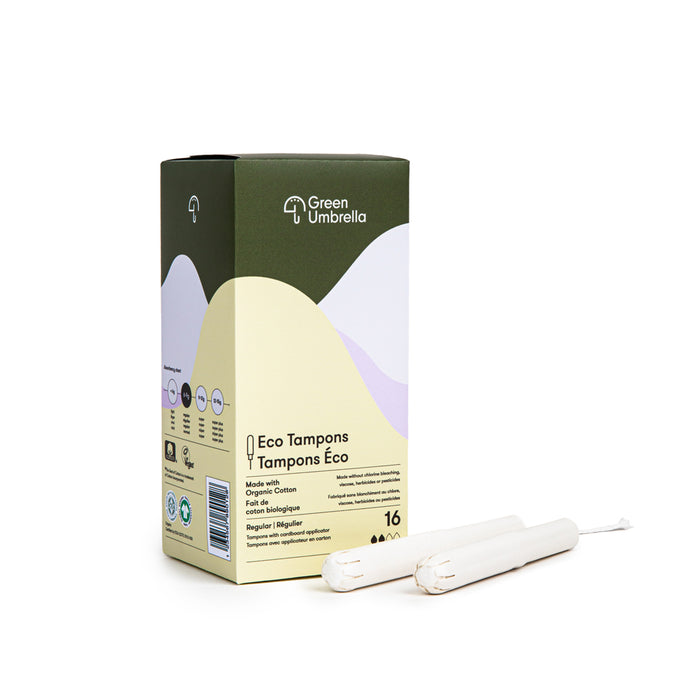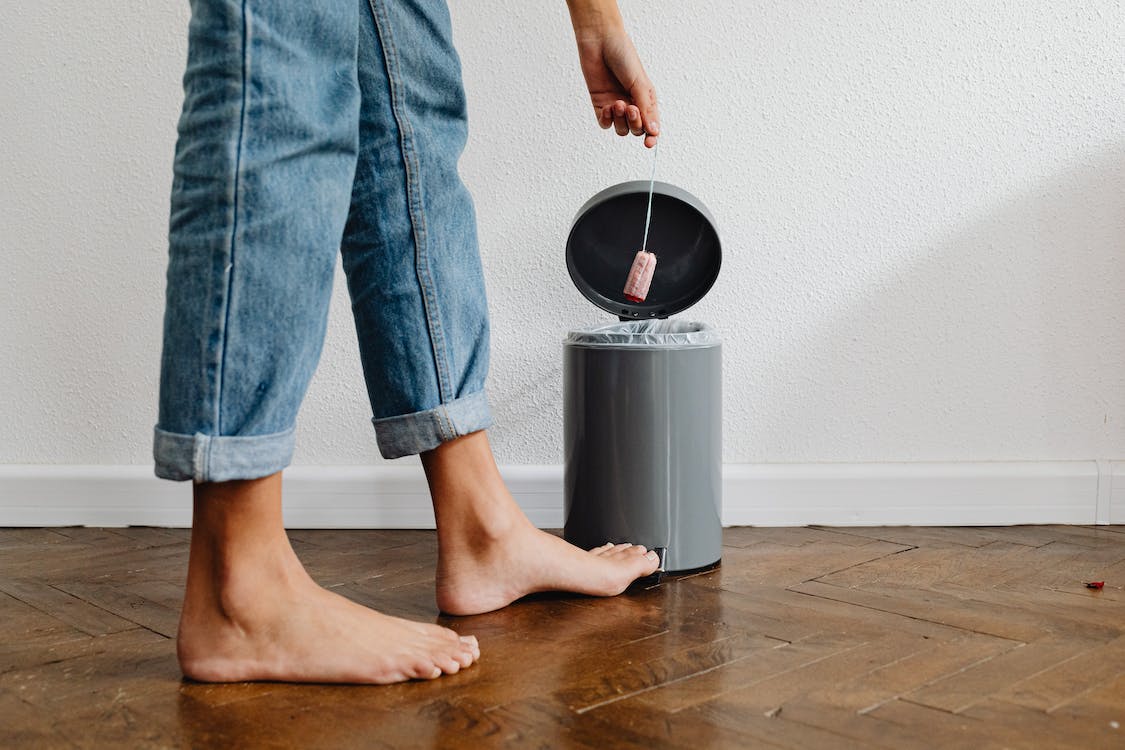Environmental responsibility is no longer a niche optional add-on. It’s become mandatory for businesses to operate. However, it’s now also “trendy” to be eco-friendly and has the facade of being connected in some way, shape, or form to environmental health. In a report by TerraChoice Environmental Marketing, however, it was revealed that 95% of green-labelled products are in fact greenwashed.

What is Greenwashing?
According to the Cambridge Dictionary, greenwashing is designed “to make people believe that your company is doing more to protect the environment than it really is.” Greenwashing is essentially a form of commercial trickery, which only adds fuel to the consumer treadmill.
Where does this tomfoolery take place? It’s within the business veneer of marketing: money and resources being spent looking ecologically conscious rather than actually doing the work to abide by a strong environmental ethic. Corporations have long mastered the art of influence through advertisements, the perfect space for this deceit to unfold.
Greenwashing will only continue to accelerate, perpetuated by businesses with environmentally degrading practices who want to appeal to a changing market without doing the actual work of transforming their operations. So, now more than ever, people with purchasing power cannot accept commodities at face value. We can all use the tips and tools below to unearth and expose greenwashing, which is necessary for ending this perilous corporate pursuit.
Beware of Verbiage and Verdant Imagery
At some point, someone reading this article has come across packaging adorning the words “all natural,” “eco-friendly,” or “nontoxic.” Ironically, even chemical-laden cleaners and the most processed snacks are embossed with this information. People may think these statements carry weight, but the reality is that they’re often empty. This is because there are no governments regulating the use of these terms. A food product’s package might state “all-natural and vegan” but have palm oil listed as an ingredient, which, technically, is all-natural, but ultimately far from being good for all of nature. Greenwashing has made certain words in the business lexicon meaningless, such as natural or even sustainable.

This same principle applies to design. If a product is all green, complete with earthy iconography in the form of falling leaves, sparkling waterways and alpine wildflowers, it should be questioned.
A Lack of Transparency
Businesses that are truly dedicated to regenerative practices will remain transparent about their supply chains, labour practices, where their factories are, materials used, their overall impact on the environment, and what they’re doing to mitigate their impact. When a business espouses environmental values on its website and other platforms but provides no accessible information on its operations and practices, this is a strong indicator of greenwashing. Some businesses may disclose limited details, but if this is all very vague and there’s fluffy writing about how they care about people and the planet, the information presented should be investigated further.
Businesses that are sincere in their intentions actually communicate specific information, including hard data. There’s a substantial contrast between a brand saying they’re “committed to safeguarding the earth” compared to stating, “here’s the specific x, y, and z examples for how we’re safeguarding the planet and actually making a measurable difference.”
Hidden Parent Company

As environmental stewardship becomes more commonplace, multinational corporations that are degenerative by design are capitalizing on this movement to create smaller brands that are guised as good for the earth. As Nadia Shwingle states on One Green Planet, “Sometimes parent companies are not listed on product packaging, so you might actually need to research the product to find out if it’s backed by a large conglomerate.”
This includes the brand Seventh Generation, one of the most popular companies in the nexus of green home products. Despite their claim to “nurture the health of the next seven generations,” the parent company, Unilever, is the culprit for a vast portion of the world’s plastic pollution. Unilever’s pollution footprint amounts to 70,000 tonnes per year, covering more than 11 football pitches a day. Research is always relevant: a quick search can help reveal a hidden parent company!
What You Can Do
Greenwashing confuses and distracts people. It also keeps profits hoarded by corporations who are largely responsible for the destruction of the earth’s systems, including the destabilization of the climate.
We need to funnel energy into researching what we consume, which doesn’t need to be exhaustive or time-intensive. If we have the resources and time to do so, this should be a practice that we incorporate into our lives, like making a grocery list. We can also buy less, buy used, borrow, share, rent, grow our own food, and abide by other circular economic models that help us avoid the need to buy new.
Additional tips for becoming a savvy greenwashing inspector and an empowered citizen include:
- Always remain skeptical, especially of broad sweeping claims, earth-based imagery, and businesses just straight-up stating they’re “dedicated to sustainability.”
- Research the company and their reports, as well as what and who they’re invested in and who has invested in them. Big banks might say that they’re dedicated to ecological practices, but many, including RBC, Scotiabank, and CIBC, are funding fossil fuels. RBC is currently the #1 investor in fossil fuels in Canada.
- Building on the last point, perform a quick search of the company along with the word “greenwashing.” For instance, H&M and their dubious track record will pop up, despite their new “sustainability line.”

- Read labels and become familiar with harmful ingredients or components. For example, with wellness products, read the packaging carefully and keep an eye out for the dirty dozen list of chemicals.
- Keep your eye out for third-party eco-certifications as well, like organic, Fair Trade, and Certified B Corporation. However, it’s generally good practice to remain wary of these types of labels, too. For example, organic certification just indicates no synthetic pesticides, among other chemicals, but organic agriculture may still treat the land like a machine. Additionally, some businesses that truly are dedicated to environmental vitality and wellness for all cannot afford these third-party stamps of approval. So, the same principle applies: do your homework, understand that sustainability is nuanced and share what you know!
Although Only is a new and growing company, it’s great to see that they offer a variety of sustainable ways to manage your period, from organic cotton pads and tampons to reusable menstrual cups. They’re also partnered with 1% for the Planet to help offset their corporate carbon emissions. You love to see it.


